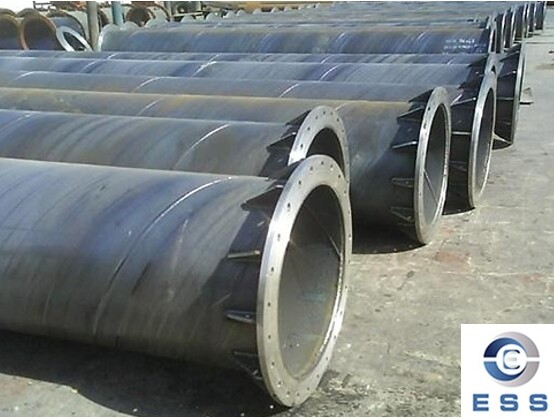Mild
steel pipe and high carbon
steel pipe each have their own advantages and disadvantages. Choosing which
one is better depends on the specific use needs and performance requirements.

Material Differences
1. Carbon content
Mild steel has a low carbon content,
usually below 0.25%. This low carbon content makes mild steel have good
plasticity and toughness, but relatively low strength and hardness. High carbon
steel has a higher carbon content, generally above 0.60%. High carbon content
improves the hardness and wear resistance of steel, but also reduces its plasticity
and toughness to a certain extent.
2. Physical properties
Due to the different carbon content, mild
steel and high carbon steel also show obvious differences in physical
properties. Because of its low carbon content, low carbon steel has good
welding and cold processing properties, and is easy to perform stamping,
bending and other processing operations. At the same time, its ductility and
toughness are also good, and it is not easy to break. In contrast, high carbon
steel has a high carbon content, high hardness and strength, but relatively
poor plasticity and toughness, and is more difficult to process.
3. Performance comparison
Mild steel is usually used to manufacture
parts and structural parts that need to withstand greater impact and vibration,
such as automobile bodies, ship structures, etc., due to its good plasticity
and toughness, as well as excellent processing performance. In addition, mild
steel also has good corrosion resistance and weldability, so it is also widely
used in chemical equipment and construction projects. High carbon steel is
often used to manufacture products that require high strength and high wear
resistance, such as knives, tools, springs, etc., due to its high hardness and
wear resistance.
Processing And Weldability
1. Mild steel pipe
Easy to process and
weld, suitable for areas that require bending and processing, with better
plasticity and weldability.
2. High carbon steel pipe
Difficult to
process and weld, easy to break and crack, so it is more suitable for occasions
with higher requirements for strength and durability.
Application Scenarios
1. Mild steel pipe
Due to its good
plasticity and toughness, mild steel pipe is often used to make thin plates,
pipes and general structural parts, and is also used to make building
materials, machinery manufacturing, bicycles, automobiles, cages, barriers,
etc.
2. High carbon steel pipe
Due to its high
strength and high wear resistance, high carbon steel pipe is often used to make
knives, springs and other structural parts with high strength requirements,
such as springs, wire ropes, wire ropes, etc.
Summary
In summary, high carbon steel pipes and mild
steel pipes have their own advantages and disadvantages. High carbon steel
pipes have higher strength and hardness, and are suitable for occasions that
need to withstand larger loads and pressures; while mild steel pipes have good
plasticity and toughness, and are suitable for occasions that require better
welding performance and bending processing performance. When choosing a steel
pipe, comprehensive consideration should be given to the specific use environment
and needs.
Read more: Difference between mild steel pipe and carbon steel pipe













 Eastern Steel Manufacturing Co.,Ltd not only improve product production and sales services, but also provide additional value-added services. As long as you need, we can complete your specific needs together.
Eastern Steel Manufacturing Co.,Ltd not only improve product production and sales services, but also provide additional value-added services. As long as you need, we can complete your specific needs together.










